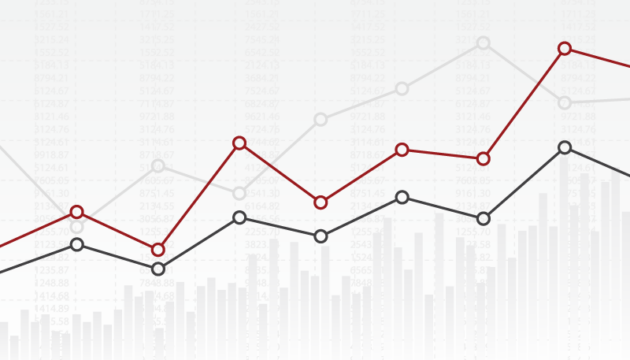Research
-
Analysis of Dementia in the U.S. Population Using Medicare Claims: Insights From Linked Survey and Administrative Claims Data
Insufficient understanding of the completeness of dementia diagnosis and for whom in Medicare claims data limits their use. This study analyzes prevalence and incidence of dementia in survey and claims data to understand differences.
-
Value-Based Contracting in Healthcare: What Is It and How Can It Be Achieved?
Value-based contracts must incentivize the clinical decision maker, usually the physician, to allocate treatment based on both price and value. Changing certain elements in the financing system could create an environment for successful value-based contracting without having to reform the entire system.
Categorized in -
Three Ways to Make Health Insurance Auto-Enrollment Work
Successful auto-enrollment likely requires changes to the way we determine eligibility for Medicaid and Marketplace financial assistance, to make the system easier to navigate and more generous, writes USC-Brookings Schaeffer Initiative Fellow Christen Linke Young.
Categorized in -
Do Income Supplemental Programs for Older Adults’ Help Reduce Primary Caregiver Burden? Evidence from Mexico
In countries such as Mexico without formal public long-term care policies, informal care becomes the main source of support for older adults.
Categorized in -
Factors Associated with Unintended Pregnancy, Contraceptive Risk-Taking, and Interest in Pharmacist-Provided Birth Control
Although overall rates of unplanned pregnancies have declined, significant racial and geographic disparities persist. At the same time, there are new opportunities to improve access to contraception. This study identifies contributors to the high rate of unplanned pregnancies in a rural farming community in California and assesses interest in pharmacist-prescribed contraception.
Categorized in -
Prenatal Exposure to Air Toxics and Malignant Germ Cell Tumors in Young Children
To assess prenatal air toxics exposure and risk for childhood germ cell tumors (GCTs) by histological subtype (yolk sac tumor and teratoma).
Categorized in -
Now Is the Time for Transparency in Value-Based Healthcare Decision Modeling
Peer-reviewed journals could make a key contribution to improving scientific rigor and real-world healthcare decision-maker acceptability by requiring that VHDM models, source code, and data used in published articles be made freely available to interested readers.
Categorized in -
How Does Option Value Affect the Potential Cost-Effectiveness of a Treatment? The Case of Ipilimumab for Metastatic Melanoma
Innovations that extend life can generate option value and cost of experiencing future technologies. Schaeffer postdoc Meng Li developed generalizable approaches to estimating option value in cost-effectiveness analysis.
Categorized in -
Material–Psychosocial–Behavioral Aspects of Financial Hardship: A Conceptual Model for Cancer Prevention
RCMAR Scientist Reginald Tucker-Seeley presents a model to consistently measure financial hardship to better inform cancer prevention research identify connections between socioeconomic circumstances and cancer risk-related behaviors and cancer screening among older adults.
-
Allocating Outreach Resources for Disease Control in a Dynamic Population with Information Spread
Infected individuals must be aware of disease symptoms to seek care, so outreach and education programs are critical to disease control.
Categorized in







